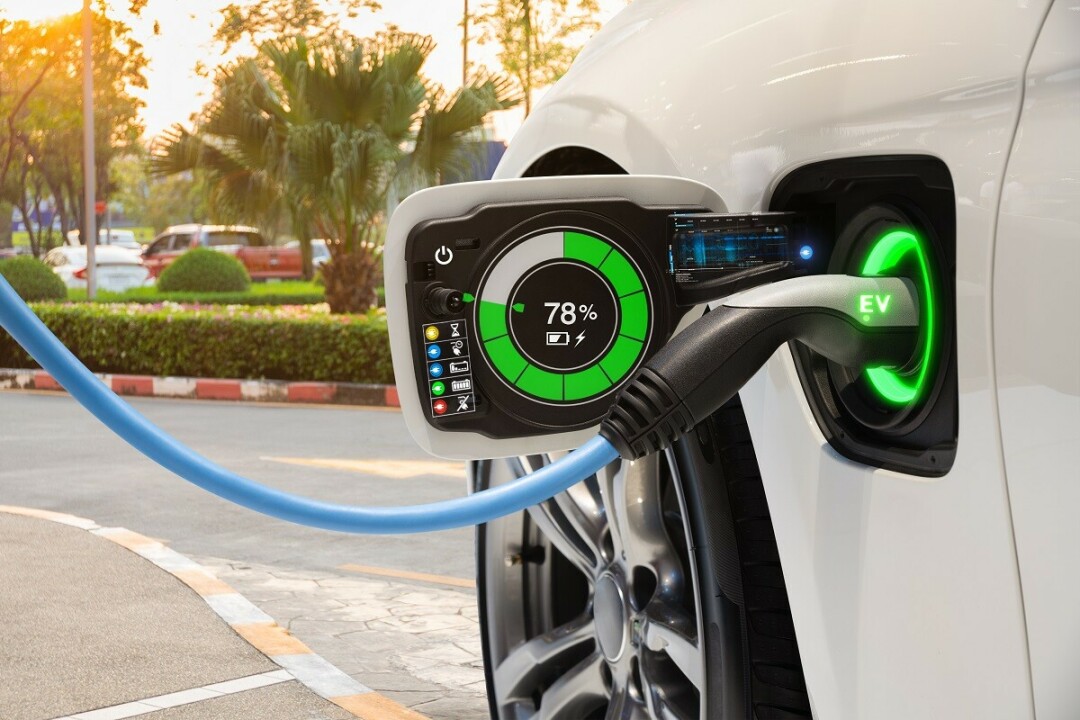A better energy future

“A clean environment is not a by-product of American prosperity. Rather, a clean environment is the necessary precondition for true prosperity.” Wisconsin Environment website
“Our society seems resigned to building badly organized systems and indulging personal and corporate greed. The fundamental problem is our inability to imagine that something different is really possible.” Center on Wisconsin Strategies website
One theme of my ruminations is that we know what needs to be done about many of the problems we face. What we lack is the willingness, and political unity, to act.
Certainly our “badly designed systems” based on greed are resistant to change. There are many obstacles to positive change. But too often we are defeated by our collective and individual “inability to image something different.” Bad thinking leads to bad policy that produces bad results.
The bad thinking that pits jobs and prosperity against protecting the environment is a prime example. Rather than hurting the economy, clean water, environmental protection and sustainable use of natural resources are essential to future prosperity.
This is true with renewable energy. Renewable wind and solar energy is a technology whose time has come. In Wisconsin, and all over the country, clean, locally produced, renewable energy is possible and economically viable. It is often cheaper than fossil fuels, especially when environmental and social costs of fossil fuels are considered. There are a number of organizations with current reports that document these assertions.
Wisconsin Green Fire (wigreenfire.org ) has a 2021 report on the possibilities for a new energy future. I reported on Wisconsin Green Fire and their work in the Dec. 10, 2021 Reader. They say: “Wisconsin’s failure to keep pace with changes in energy technology and advancements in energy policies is costing consumers more money for an inefficient system that pollutes the air, wastes energy and depends on a grid that is vulnerable to disruptions...Wisconsin needs an updated energy policy to reduce our dependence on a century-old and inefficient system...” (“The Future is Now – Creating a 21st Century Energy Policy.”)
The report points out that coal-burning power plants produced 42% of Wisconsin’s electricity. But coal power plants are only 32% efficient (68% of the energy is lost as waste heat).
Natural gas produces 34% of the electricity and has 45% efficiency. Electric transmission lines lose 5% of the energy carried on the line.
Plus the cost of solar and wind is declining. It is now cheaper to generate electricity from renewables than from coal and natural gas.
The Center for Wisconsin Strategies (COWS, cows.org) is based at UW-Madison and researches a variety of economic and social topics. In a 2019 report they say “reliance on fossil fuels is hurting the Wisconsin economy” (“Wisconsin Opportunity in Domestic Energy Production: The Economic and Health Benefits of 100% In-State Energy Production”).
In 2016 Wisconsin lost $14.4 billion dollars paying for imported energy. Wisconsin has an “energy spending deficit” due to having no fossil fuel resources.
The COWS report says, “Transition-ing to in-state energy resources [pri-marily wind and solar] would bring dollars and jobs back to the state...”
Specifically they calculate a net gain of 162,100 jobs. Because of the inefficiencies of fossil fuels and the higher efficiency of electric equipment, Wisconsin’s total energy consumption would also decrease with an all electric economy.
Overall the reports says, “The economic, social, and political benefits of in-state energy production support the implementation of policy to drive such a transition.”
Wisconsin Environment is a research and advocacy organization associated with the with Environment America, 29 state affiliates, and The Public Interest Network which has 45 years of advocacy experience on many issues. In the report “Renewables on the Rise” they say: “Clean energy is sweeping across America. In 2020, America generated almost four times as much renewable electricity from the sun and the wind as in 2011, with wind and solar now producing 11% of the nation’s electricity. Advances in energy efficiency, electric vehicles, battery storage, electric home heating and other technologies mean that it is now more possible than ever to envision a future powered by renewable energy.”
A study by the Department of Energy found, “Renewable electricity generation from technologies that are commercially available today, in combination with a more flexible electric system, is more than adequate to supply 80% of total U.S. electricity generation in 2050...” (“Renewable Electricity Futures Study,” National Renewable Energy Laboratory, U.S. Department of Energy)
So we know that renewable energy can work and it can reduce pollution, consume less water, reduce CO2 emissions and combat climate change. Along the way we can save money, create jobs and a more sustainable future.
Electric vehicles are one example of how this can work in real life.
The Environmental Protection Agency says transportation is responsible for 29% of our greenhouse gas emissions. There are about 110 million registered personal vehicles in the U.S. (out of 289 million total). People typically drive about 14,000 miles a year but most people drive only 35-50 miles a day. Seventy percent of these trips are in urban areas.
The median range of fully electric cars for sale in 2020 was 250 miles. Some electric cars can be purchased for $20-25,000 well below the average price Americans are paying for gas guzzlers (and this doesn’t count the state and federal tax breaks). Electric cars also cost less to operate and maintain.
Electric and hybrid electric vehicles make a lot of sense and are avail-able now. It is easy to imagine an America with most cars and trucks being powered with clean, quiet, more efficient and locally produced electricity.
A better future would also include electric trains, buses, delivery trucks and public transportation options.
We need to walk more and ride bikes. We must learn to conserve energy, build smaller houses, stop sprawling across miles of exurbs, reduce population and restructure our wasteful “growth” economy.
Mitigating climate change is a multidimensional task.
But renewable energy is “shovel ready.”
The question is are we willing to make the required changes to business and public infrastructure or the minor changes in our personal lifestyles to make it happen?
